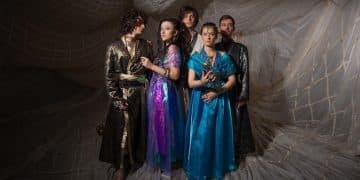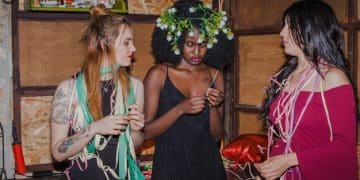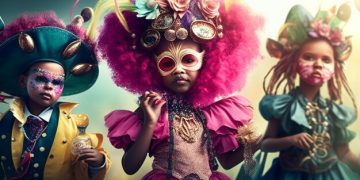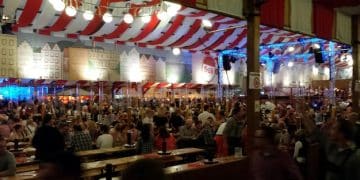Cosplay: Expressing Creativity and Passion in the Geek Lifestyle
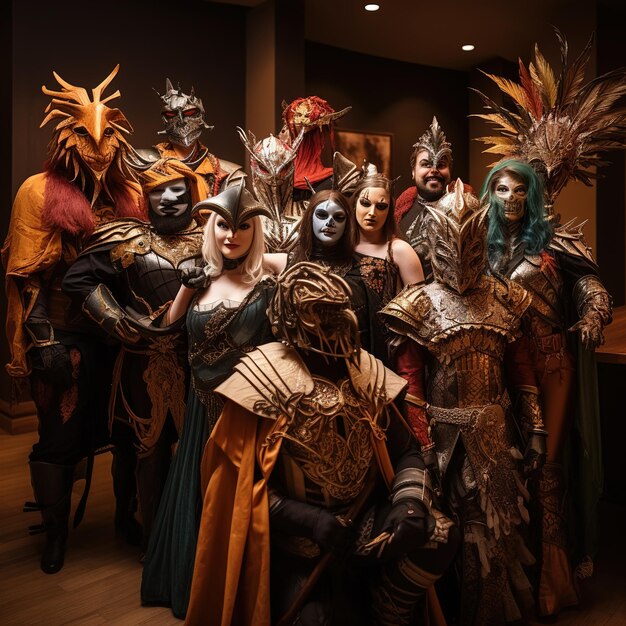
Cosplay, short for “costume play,” is a performance art where individuals create and wear costumes to embody specific characters, often from anime, manga, video games, comic books, and movies, deeply integrated within the geek lifestyle.
Dive into the vibrant world of cosplay, where creativity meets craftsmanship, and fandom comes to life. Cosplay is more than just dressing up; it’s an art form, a community, and a powerful means of self-expression.
What is Cosplay? Unveiling the Art of Costume Play
Cosplay, a portmanteau of “costume” and “play,” is a performance art in which participants called cosplayers wear costumes and fashion accessories to represent a specific character. This character is often drawn from sources like anime, manga, comic books, video games, and science fiction/fantasy movies and TV shows.
More than just dressing up, cosplay involves meticulous attention to detail, bringing characters to life.
The Origins of Cosplay
The roots of cosplay can be traced back to science fiction conventions in the United States in the late 1930s. However, modern cosplay as we know it today truly blossomed in Japan during the 1970s. The term “cosplay” itself was coined by Nobuyuki Takahashi of Studio Hard while attending the 1984 World Science Fiction Convention in Los Angeles.
Japanese fans, inspired by science fiction and anime characters, began creating elaborate costumes and participating in fan gatherings.
The Global Cosplay Phenomenon
Cosplay has since evolved into a global phenomenon, with dedicated conventions, competitions, and online communities spanning the globe. It’s a vibrant aspect of geek culture, embraced by people of all ages, backgrounds, and skill levels.
- Conventions: Events like Comic-Con, Anime Expo, and Dragon Con draw thousands of cosplayers and fans alike.
- Competitions: Cosplayers showcase their skills and craftsmanship in elaborate stage performances and costume contests.
- Online Communities: Platforms like Instagram, Facebook, and Reddit provide spaces for cosplayers to share their work, connect with fellow enthusiasts, and learn new techniques.
Cosplay is a creative outlet, a chance to embody beloved characters, and a way to connect with like-minded individuals who share a passion for geek culture.
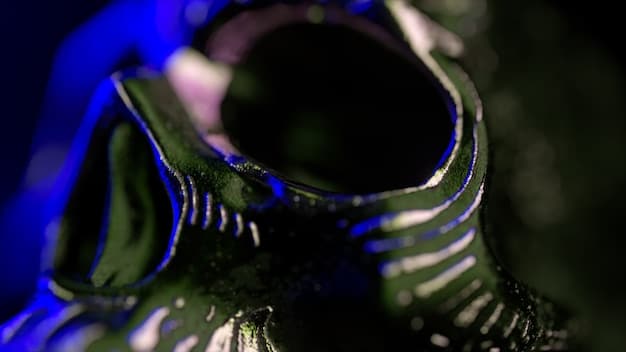
The Essential Elements of Cosplay
Creating a successful cosplay involves a blend of different skills and techniques, each contributing a unique dimension to the final result. The core elements of cosplay include costume design, crafting, character portrayal, and performance.
These elements intertwine to allow cosplayers to embody their favorite characters accurately.
Costume Design and Construction
This is where the magic happens! Cosplayers often design their own costumes, meticulously sourcing fabrics, patterns, and accessories. The construction process can involve sewing, tailoring, armor-making, and prop building.
A great costume requires a combination of technical skill and creative flair.
Character Portrayal and Performance
Beyond the costume itself, a good cosplayer embodies the character’s personality, mannerisms, and signature poses. This involves studying the character’s background, motivations, and interactions with the world around them.
The goal is to make the character believable and instantly recognizable.
The Importance of Attention to Detail
Every element of a cosplay, from the wig styling to the makeup application, contributes to the overall impression. Cosplayers invest countless hours perfecting these details, ensuring that their portrayal is as accurate and impactful as possible.
- Wig Styling: Mastering the art of wig styling is essential for many cosplayers.
- Makeup Application: Makeup can transform a cosplayer’s appearance, bringing them closer to the character they are portraying.
- Props: From swords and shields to magical artifacts, props add visual interest and depth to a cosplay.
Mastering these elements is key to bringing fictional characters to life through cosplay, showcasing both skill and passion.
Cosplay Materials and Techniques: A Hands-On Guide
From fabrics and foams to 3D printing and electronics, the materials and techniques used in cosplay are constantly evolving. This section provides a hands-on guide to some of the most common materials and techniques used in cosplay construction.
Understanding these materials and techniques opens up a world of creative possibilities for cosplayers.
Working with Fabrics and Sewing
Fabric is the foundation of many cosplays, and learning basic sewing skills is essential for creating accurate and durable costumes. Common fabrics used in cosplay include cotton, polyester, spandex, and pleather.
Experimenting with different fabrics and sewing techniques can add depth and texture to a costume.
Foam Crafting: Building Armor and Props
Foam is a versatile material that can be used to create lightweight and durable armor, props, and accessories. EVA foam is a popular choice due to its affordability, ease of use, and ability to be shaped and painted.
Techniques like heat sealing, sanding, and priming are essential for achieving a professional finish.
The Role of 3D Printing in Modern Cosplay
3D printing has revolutionized cosplay, allowing cosplayers to create highly detailed and complex props, armor pieces, and accessories. With access to a 3D printer or online printing services, cosplayers can bring their designs to life with unprecedented accuracy.
- 3D Modeling: Learning 3D modeling software allows cosplayers to create their own custom designs.
- Printing and Finishing: The printed parts require post-processing, such as sanding, priming, and painting.
- Integration: 3D-printed elements can be combined with traditional crafting techniques for stunning results.
By mastering these materials and techniques, cosplayers can elevate their craft and create truly impressive costumes, perfectly embodying their favorite characters.
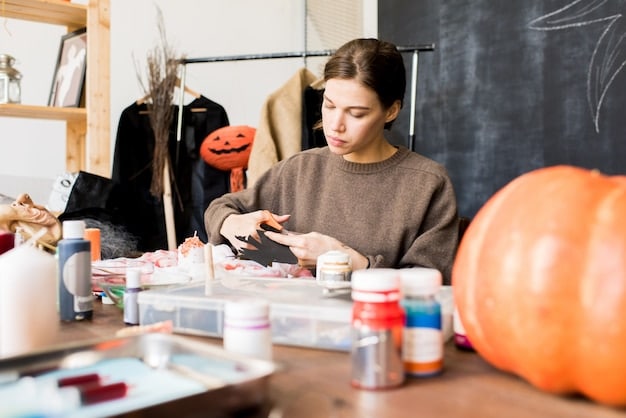
Cosplay Communities and Conventions: Finding Your Tribe
The social aspect of cosplay is just as important as the crafting and performance. Cosplay communities provide support, inspiration, and friendship, while conventions offer a chance to showcase your creations and connect with fellow enthusiasts.
These communities celebrate creativity, diversity, and a shared love for geek culture.
The Importance of Online Forums and Groups
Online forums and social media groups provide a virtual space for cosplayers to connect, share tips and tricks, and organize meetups and collaborations. These communities are invaluable resources for beginners and experienced cosplayers alike.
Whether you’re seeking advice on a particular technique or looking for fellow cosplayers to collaborate with, online communities offer a wealth of knowledge and support.
Conventions: Showcasing Your Work and Meeting Fellow Cosplayers
Cosplay conventions are the highlight of the year for many cosplayers. These events provide a platform to showcase your creations, participate in competitions, and meet fellow enthusiasts from around the world. Conventions are also a great place to learn new skills, discover new materials, and find inspiration for future projects.
From Comic-Con to Anime Expo, the convention circuit is a vibrant and exciting part of the cosplay community.
Tips for Joining and Engaging with the Cosplay Community
Joining the cosplay community can be a rewarding experience, but it’s important to approach it with respect, enthusiasm, and a willingness to learn. Here are a few tips for getting involved:
- Be Respectful: Treat fellow cosplayers with respect, regardless of their skill level or experience.
- Share Your Knowledge: Offer advice and support to other cosplayers, and be willing to learn from their experiences.
- Participate Actively: Attend conventions, join online forums, and participate in group projects and collaborations.
By embracing the spirit of community and collaboration, cosplayers can create lasting friendships and build a stronger, more inclusive cosplay culture.
Cosplay Photography: Capturing the Art of Costume Play
Photography plays a crucial role in the cosplay world, allowing cosplayers to showcase their creations in stunning visual form. Cosplay photography is a specialized genre that requires an understanding of both photography and cosplay.
Good photography captures the essence of the character and the artistry of the costume.
Working with Cosplay Photographers
Many cosplayers collaborate with professional photographers to create high-quality images of their costumes. These photographers specialize in capturing the unique details of cosplay, using lighting, composition, and editing techniques to bring the characters to life.
Building a good relationship with a cosplay photographer can lead to stunning and memorable images.
Tips for Posing and Presenting Your Cosplay
Posing is an essential part of cosplay photography. A good pose can convey the character’s personality, highlight the details of the costume, and create a visually compelling image. Here are a few tips for posing:
Good poses need to effectively communicate the character’s personality through posture and movement.
Essential Gear for Cosplay Photography
Professional photographers use a range of equipment to capture high-quality cosplay images, including:
- High-Resolution Cameras: Capturing the fine details of cosplay costumes requires good quality cameras.
- Lighting Equipment: Proper lighting is essential for creating visually stunning images.
- Backdrops and Props: Backdrops and props can add context and depth to cosplay photos.
Cosplay photography is more than just taking pictures; it’s about capturing the artistry, creativity, and passion that goes into cosplay. Whether you’re a cosplayer or a photographer, understanding the principles of cosplay photography can help you create truly stunning images.
The Future of Cosplay: Technology, Innovation, and Inclusivity
The world of cosplay is constantly evolving, driven by new technologies, innovative techniques, and a growing emphasis on inclusivity. This section explores some of the trends that are shaping the future of cosplay.
From augmented reality to adaptive designs, the future of cosplay is full of exciting possibilities.
The Impact of Technology on Costume Design and Construction
Technology is transforming every aspect of cosplay, from costume design to prop construction. 3D printing, laser cutting, and CNC machining are enabling cosplayers to create more accurate, detailed, and durable costumes than ever before.
These technologies are democratizing the craft, making it accessible to a wider range of cosplayers.
Promoting Diversity and Inclusion in the Cosplay Community
The cosplay community is becoming increasingly diverse and inclusive, embracing cosplayers of all backgrounds, body types, and abilities. This trend is driven by a growing recognition of the importance of representation and a desire to create a welcoming and supportive environment for all cosplayers.
Efforts to promote diversity and inclusion are helping to build a stronger, more vibrant cosplay culture.
Cosplay as a Medium for Self-Expression and Empowerment
Cosplay is more than just a hobby; it’s a powerful medium for self-expression and empowerment. By embodying their favorite characters, cosplayers can explore different aspects of their identity, challenge societal norms, and express their creativity in unique and meaningful ways.
- Confidence Building: Cosplay can help individuals overcome social anxiety and build self-confidence.
- Community Support: The cosplay community provides a supportive and encouraging environment for self-expression.
- Creative Outlet: Cosplay offers a creative outlet for individuals to explore their talents and interests.
As we look to the future, cosplay will continue to evolve, driven by technology, inclusivity, and the boundless creativity of its participants. This ever-changing landscape ensures that cosplay remains a vibrant and essential part of geek culture for generations to come.
| Key Element | Brief Description |
|---|---|
| 🎨 Creative Expression | Cosplay offers a unique outlet for creative self-expression through costume design and performance. |
| 🤝 Community Building | Cosplay fosters community among enthusiasts who share a passion for characters and fandoms. |
| 🎭 Character Embodiment | It involves embodying characters through costume, mannerisms, and performance. |
| 🛠️ Crafting Skills | Cosplayers develop skills in sewing, prop making, and makeup. |
Frequently Asked Questions about Cosplay
▼
Cosplay is embodying a specific character, paying attention to detail and performance, while wearing a costume can be for fun without the same level of commitment.
▼
The cost varies with complexity, materials, and craftsmanship. A simple cosplay may cost under $100, while elaborate ones can exceed $1000 due to high-end materials.
▼
Popular conventions include Comic-Con International in San Diego, Anime Expo in Los Angeles, and Dragon Con in Atlanta, drawing thousands of cosplayers annually.
▼
EVA foam is favored for affordability, flexibility, and ease of shaping. Worbla, a thermoplastic, is another excellent choice for creating more rigid and detailed props.
▼
Search online cosplay forums and social media groups, or check local comic book stores and community centers for information on local cosplay events and meetups.
Conclusion
Cosplay stands as a dynamic and ever-evolving facet of geek culture, offering avenues for creativity, community engagement, and self-expression. From its humble origins at science fiction conventions, it has grown into a global phenomenon, embraced by enthusiasts worldwide. As technology advances and inclusivity becomes more prioritized, the possibilities within cosplay continue to expand, highlighting its enduring appeal.
